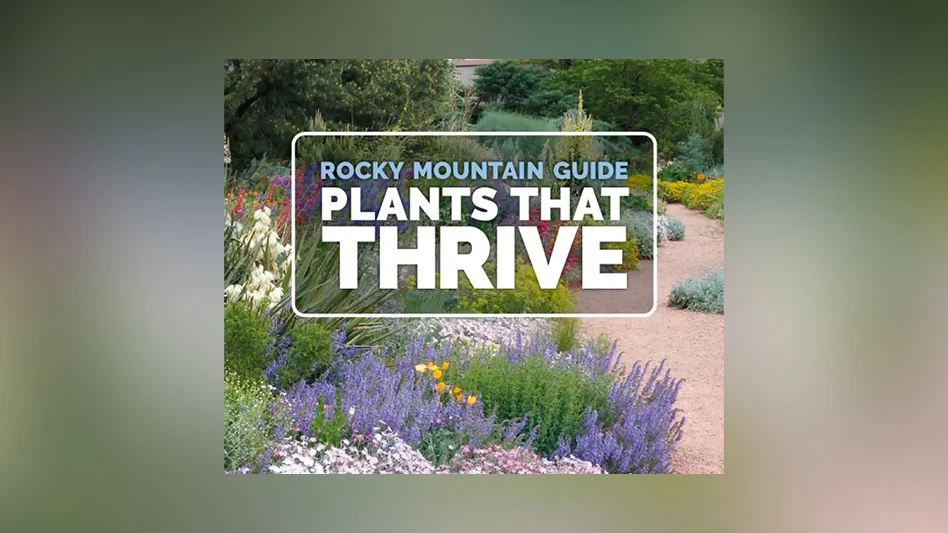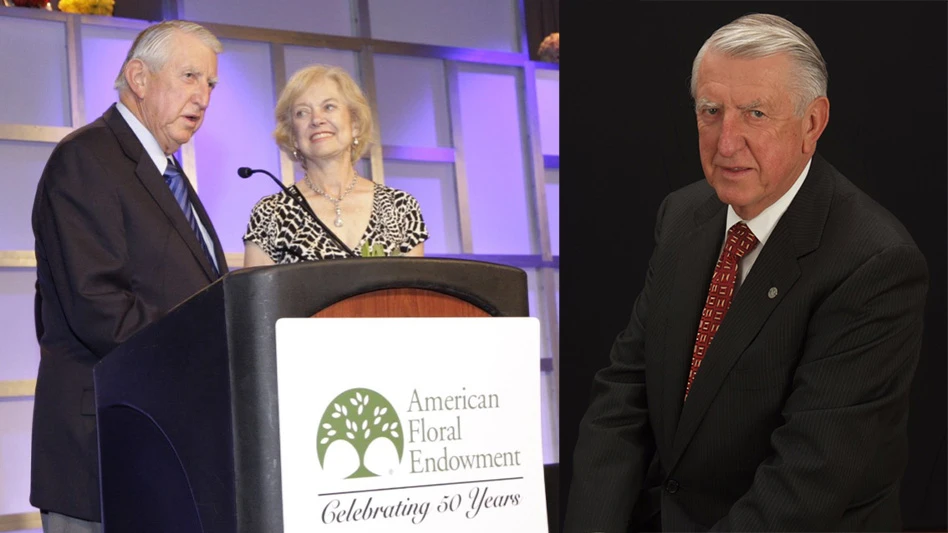 Kimberly Bird is vice president, marketing, for Calloway’s Nursery, which has 18 locations in the Dallas/Fort Worth and Houston areas of Texas. Under her direction, Calloway’s has implemented dozens of successful marketing campaigns over the past half decade, and the garden center chain was honored with a Garden Center magazine Innovator Award for marketing in 2009.
Kimberly Bird is vice president, marketing, for Calloway’s Nursery, which has 18 locations in the Dallas/Fort Worth and Houston areas of Texas. Under her direction, Calloway’s has implemented dozens of successful marketing campaigns over the past half decade, and the garden center chain was honored with a Garden Center magazine Innovator Award for marketing in 2009.
Garden Center: Marketing has become a major key to success at Calloway’s. Could you share your general philosophy on the subject?
Kimberly Bird: Know the customer, serve the customer, deliver on the promise.
There’s no silver bullet, but we try to take an integrated cross-company approach incorporating multi-layered elements involving in-store experience, customer education, and promotional tactics that best serve the customer and therefore generate the best result for the organization.
GC: I know you’ve been instrumental in getting the garden center chain “plugged in” with various forms of social media. What are your thoughts on social media in general and what seems to work best for Calloway’s and why?
KB: Social media is one piece of the puzzle. Organizations should look at their Web presence holistically. We use the “hub and spoke” strategy. The hub is our website, www.calloways.com. But a hub could also be a Facebook page or a blog. The spokes are all the places online an organization can control or influence by planting seeds (no pun, intended) to engage with customers online as a means to lead Web traffic to their hub. These can be online business listings, Facebook pages, a Twitter page, online press releases, online articles, online media coverage and dozens of others.
All the Web spokes lead to the hub (www.calloways.com). The spokes are where we engage with customers by listening to them, talking to them, sharing tips, sales and useful information. On the spokes customers can review us, rate us and share images of their gardens, talk to us, talk to each other and so on. The spokes are where we want to engage customers so they decide to click through to our hub (www.calloways.com), where we can give them compelling reasons, store locations and hours so they can easily visit our brick-and-mortar garden centers.
GC: What has been your most successful marketing campaign to date, and what made it so?
KB: First of all, we’ve had some wins at Calloway’s but I wouldn’t consider us successful. It’s a journey, and each campaign, each product delivery, each customer interaction is a new test. We’ll never reach success with anything we do; it’s the journey that we’re focused on.
I don’t think I can credit one campaign as the most successful; rather it’s the interdependency and tight collaboration that Calloway’s has been able to establish that has made our improvements possible. And quite frankly, that credit goes to our president Jim Estill. He’s pulled—even forced—us together. He’s given us the freedom to stretch and expand, and he’s demanded results.
I know I’ve personally been a pain in his side frequently in pushing us out of our comfort zone, but that is what he wants and expects, so it works. Nothing great comes from marketing without the endorsement and ongoing support of company leadership. You can’t buy it. Not with an employee, not with an agency, not with a bolt-on campaign. True marketing success comes from the core of the business, starting with the leadership.
GC: How is your company addressing the “changing of the customer guard,” what with Boomers slowly moving out and Xers moving in?
KB: It’s not so much that we’re changing what we’re doing to reach younger customers. The shift in media preferences, need for education, improved packaging and shopping experiences is a benefit to all age groups. Our Facebook demographics still skew older, but as the younger generation becomes more interested in gardening they’ll find us. We’re seeing an age shift in our customer data, so it is happening.
As that shift continues we’ll be able to leverage how we reach our best customers using our CRM data to target our advertising to find more customers like our young customers. For us, a multi-layered approach with both loyalty and acquisition efforts to get store traffic is key. Capturing customer data in the store so we can use that information to send the right message to the right audience will help us adjust how we target as the shift continues.
GC: What are the more formidable obstacles you face as a marketer in 2012?
KB: The vehicles to deliver messages continue to diversify and expand. Measurement is becoming more essential so you can identify the best vehicle and prioritize tactics.
GC: What non-hort entities do you see doing a great job of marketing, and why is it working?
KB: I learn the most from the horticultural contacts. Independent garden centers are amazingly creative and customer-focused. There’s a lot of potential and opportunity for all the independents to serve gardeners better than any other entity out there. In addition, the genetics companies, premium growers and plant brands are savvy, collaborative and helpful. We’ve got a great talent pool full of knowledge, experience and success from which to soak up ideas.
Outside the industry:
- Charming Charlie’s is a retail maverick. Their stores are organized by color and they deliver fantastic service. Their e-mails and loyalty promotions are very good.
- Target. Their advertising is clean and well-branded. The in-store experience delivers on the promise.
- JC Penny will be a company to watch and learn from. They have an all-star team, and they’ve really stepped out. I admire what they are doing, and I hope it’s a success.
- Apple, because of their commitment to innovation, quality and customer service. Steve Jobs is still the genius of positioning, in my opinion. Some Calloway’s research revealed that garden center customers compared shopping for plants with shopping for computers …intimidating. I think there might be something garden centers could take away from the way Apple stores are presented—clean and simple with choices, but not too many choices. Unlike computers, we need to also show how to use products with displays and combinations, but I think there’s a point where it could become too overwhelming for a customer.
Other retailers that I find inspirational: Whole Food, Central Market, Sprouts, Bass Pro Shop, IKEA, Container Store, Justice, Gap and more than I could possibly name here.

Explore the March 2012 Issue
Check out more from this issue and find your next story to read.
Latest from Garden Center
- The HC Companies, Classic Home & Garden merge as Growscape
- Terra Nova releases new echinacea variety, 'Fringe Festival'
- Eason Horticultural Resources will now officially be known as EHR
- ScottsMiracle-Gro transfers cannabis subsidiary to focus on core lawn and garden business
- Should we start calling natives 'eco-beneficial plants'?
- Ellen Mackenbach-Lakeman appointed new CEO of Dümmen Orange
- $7,500 in therapeutic garden grants available from National Garden Bureau
- The Growth Industry Episode 3: Across the Pond with Neville Stein







